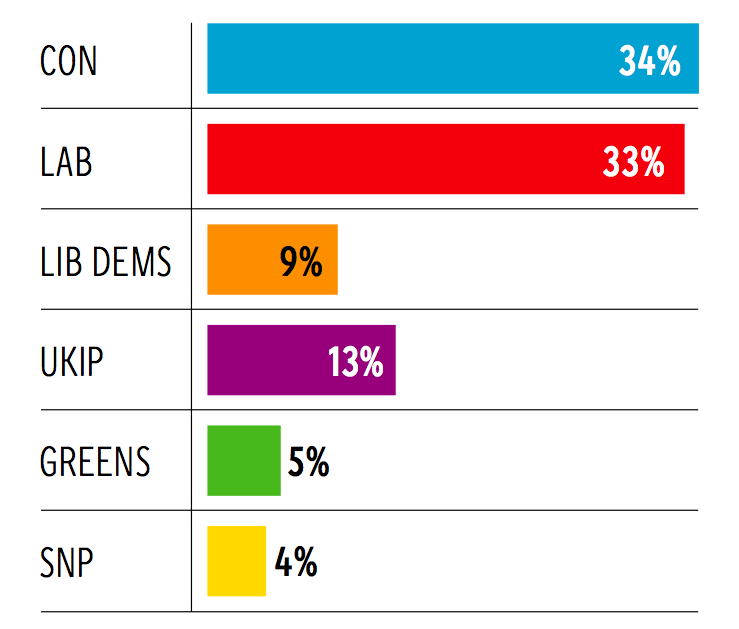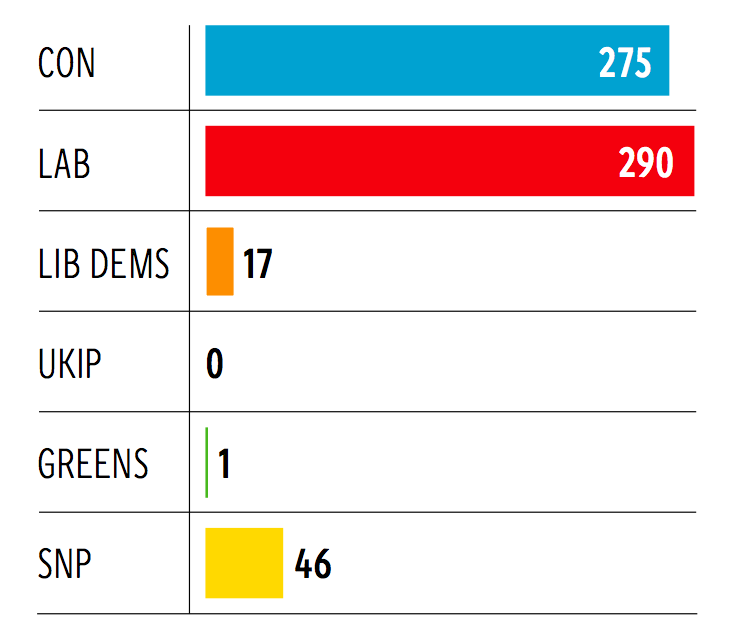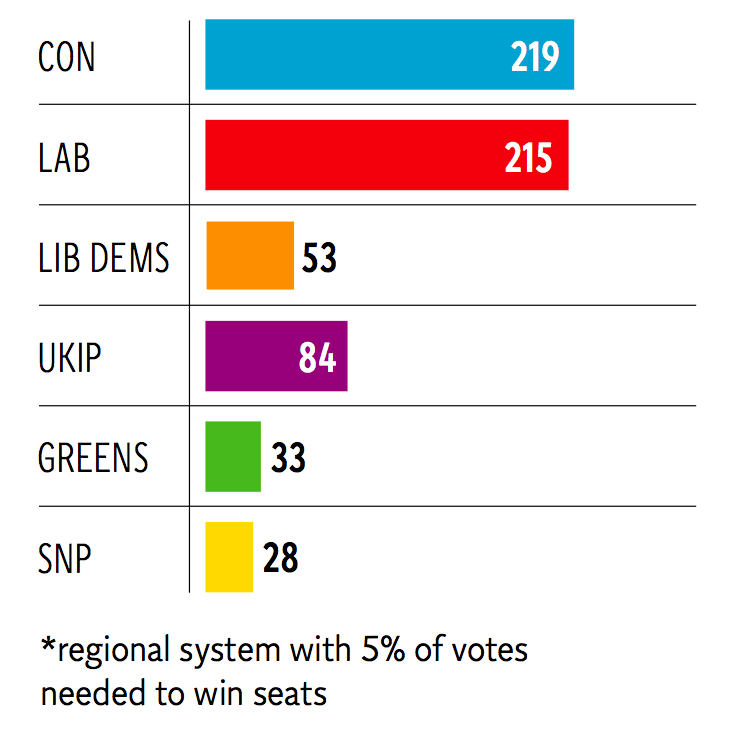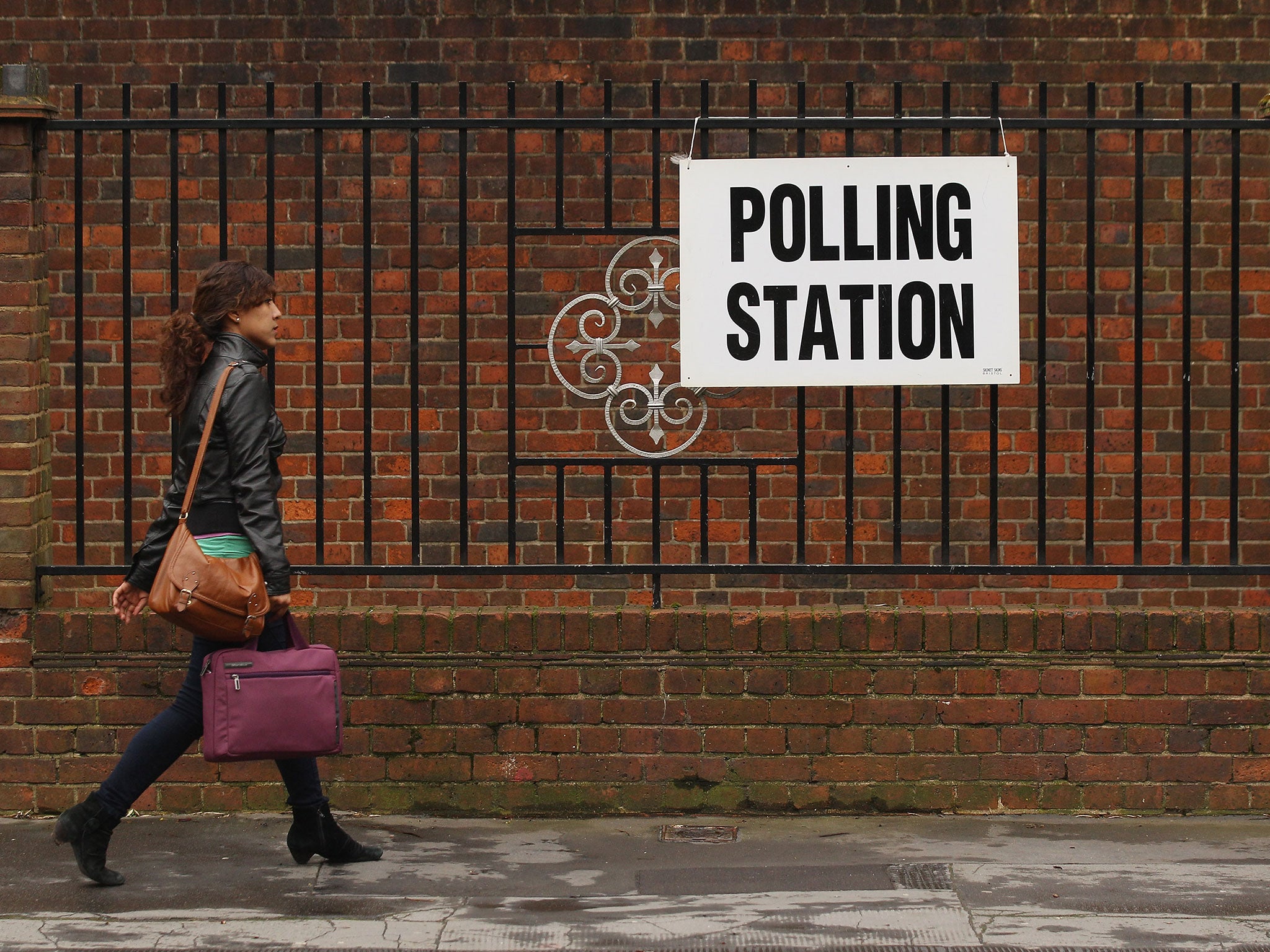Your support helps us to tell the story
From reproductive rights to climate change to Big Tech, The Independent is on the ground when the story is developing. Whether it's investigating the financials of Elon Musk's pro-Trump PAC or producing our latest documentary, 'The A Word', which shines a light on the American women fighting for reproductive rights, we know how important it is to parse out the facts from the messaging.
At such a critical moment in US history, we need reporters on the ground. Your donation allows us to keep sending journalists to speak to both sides of the story.
The Independent is trusted by Americans across the entire political spectrum. And unlike many other quality news outlets, we choose not to lock Americans out of our reporting and analysis with paywalls. We believe quality journalism should be available to everyone, paid for by those who can afford it.
Your support makes all the difference.Britain's electoral system ignores people who vote for smaller parties at the expense of big ones.
The easiest way to demonstrate this is to look at the difference between how people voted and which MPs they got.
Millions of people across Britain are voting for smaller parties

More people than ever in the UK vote for parties other than Labour or the Conservatives.
The vote share of small parties has grown gradually after decades of two-party domination: first the SDP in the 1980s and the Liberal Democrats in the 1990s.
Since the last election the Green Party has become a force in some areas, while Ukip have dominated national discussions about immigration.
The SNP have swept swept Scotland and are set to become its largest party.
Only 67% of people across the UK are expected to vote for one of the 'big two' parties.
Under the current system, those millions are having their votes ignored

For a party to get an MP under Britain's current system, its votes must be concentrated in an artificially defined area drawn up by a commission before the election.
The size and shape of these constituencies has a huge impact on who gets elected - rather than who people actually vote for.
As a result, parties whose votes are spread thinly across the UK get no seats, while those with strong support in some areas but none elsewhere do very well.
At this election, for example, the SNP is set to get fewer votes than Ukip, the Greens, or the Lib Dems, but will probably get more seats than all of them combined.
It doesn't have to be like this

There are a number of systems in use around that world that do a good job of accurately reflecting votes cast.
Most advanced democracies use some form of proportional representation and in Europe, Britain stands practically alone in using First Past The Post.
The graph above shows how a typical regional proportional representation system might convert votes into seats.
Voters were offered the choice of changing the voting system in 2011, but the only one they were offered - Alternative Vote - was not proportional.
Will reform be back on the agenda after the votes are counted?

Join our commenting forum
Join thought-provoking conversations, follow other Independent readers and see their replies
Comments